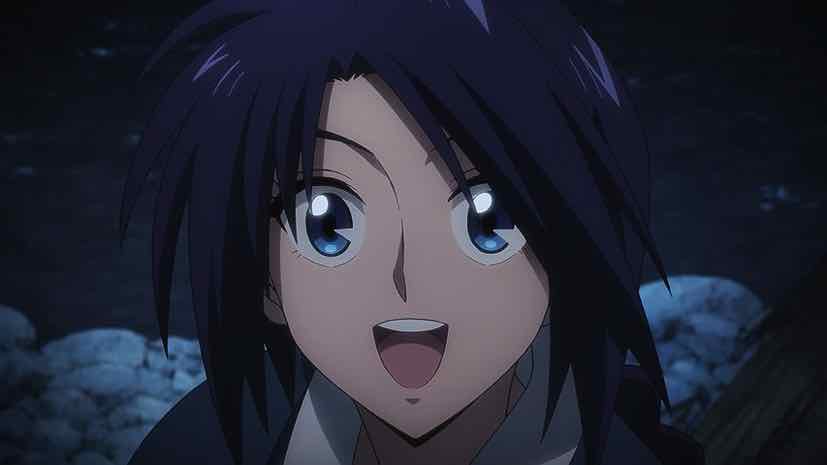 First, a pacing update (yes, I am obsessed). We got another ≈ 3 chapter episode this week. If the entire Kyoto arc were to be crammed into 23 episodes, that amounts to approximately 4.5 chapters per episode. Now that we’re three eps in and have used ≈ 9 chapters, that would mean we’d need to get 94 chapters in 20 episodes, or about 4.75 chapters per ep. It never made sense – after starting the season out this way it makes even less. Unless the plan is to cut out an entire section of the arc (and really, what section could you even do that to?), the numbers really don’t add up.
First, a pacing update (yes, I am obsessed). We got another ≈ 3 chapter episode this week. If the entire Kyoto arc were to be crammed into 23 episodes, that amounts to approximately 4.5 chapters per episode. Now that we’re three eps in and have used ≈ 9 chapters, that would mean we’d need to get 94 chapters in 20 episodes, or about 4.75 chapters per ep. It never made sense – after starting the season out this way it makes even less. Unless the plan is to cut out an entire section of the arc (and really, what section could you even do that to?), the numbers really don’t add up.
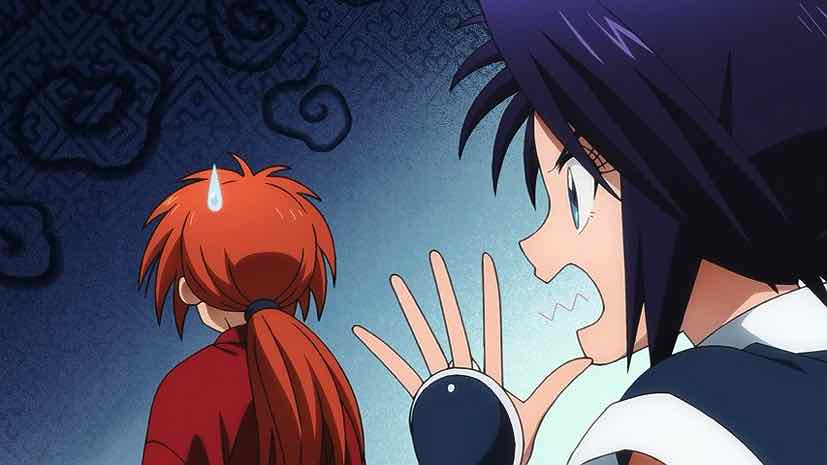 As for the story, we’re still in pre-prequel mode, more or less. This arc is a behemoth with more layers than an onion, but we’re starting to see the parameters be defined. We do get check-ins with the other principals. Megumi is worried and distracted, something you never want someone performing moxibustion on you to be. Sanosuke is beating up innocent trees and checking directions with something that looks nothing like a real compass as he gets ever-more hopelessly lost in the mountains. And Kaoru seems to have steeled her resolve to face forward, even as Yahiko’s first boat trip turns incredibly sour (seasickness is a more fearsome enemy than any swordsman – and more relentless).
As for the story, we’re still in pre-prequel mode, more or less. This arc is a behemoth with more layers than an onion, but we’re starting to see the parameters be defined. We do get check-ins with the other principals. Megumi is worried and distracted, something you never want someone performing moxibustion on you to be. Sanosuke is beating up innocent trees and checking directions with something that looks nothing like a real compass as he gets ever-more hopelessly lost in the mountains. And Kaoru seems to have steeled her resolve to face forward, even as Yahiko’s first boat trip turns incredibly sour (seasickness is a more fearsome enemy than any swordsman – and more relentless).
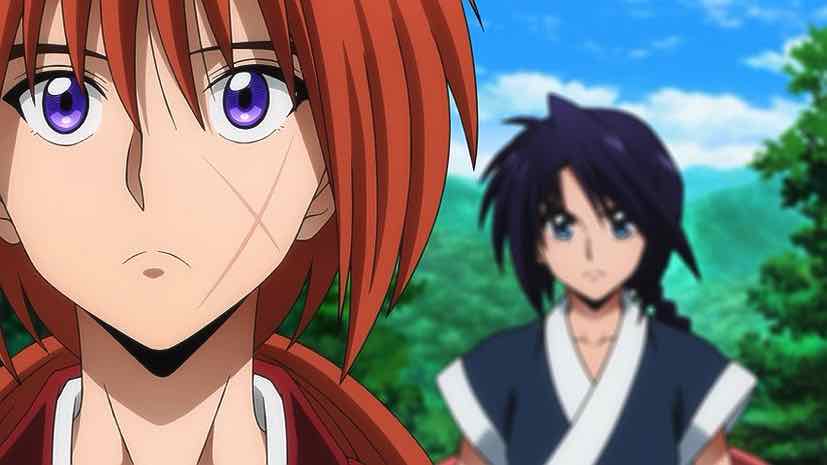 Almost all the focus, though, is on Kenshin and Misao. She stubbornly refuses to let him go off on his own – he’s the only lead she’s found about Aoshi and the Oniwabanshu. But – understandably – Ken doesn’t want to share what he knows with this young girl and break her spirit. The problem is she’s incredibly persistent and refuses to heed his warnings about being ambushed, even following as he tries to ditch her by jumping a gorge. An effort that would have ended in her death had he not saved her, of course.
Almost all the focus, though, is on Kenshin and Misao. She stubbornly refuses to let him go off on his own – he’s the only lead she’s found about Aoshi and the Oniwabanshu. But – understandably – Ken doesn’t want to share what he knows with this young girl and break her spirit. The problem is she’s incredibly persistent and refuses to heed his warnings about being ambushed, even following as he tries to ditch her by jumping a gorge. An effort that would have ended in her death had he not saved her, of course.
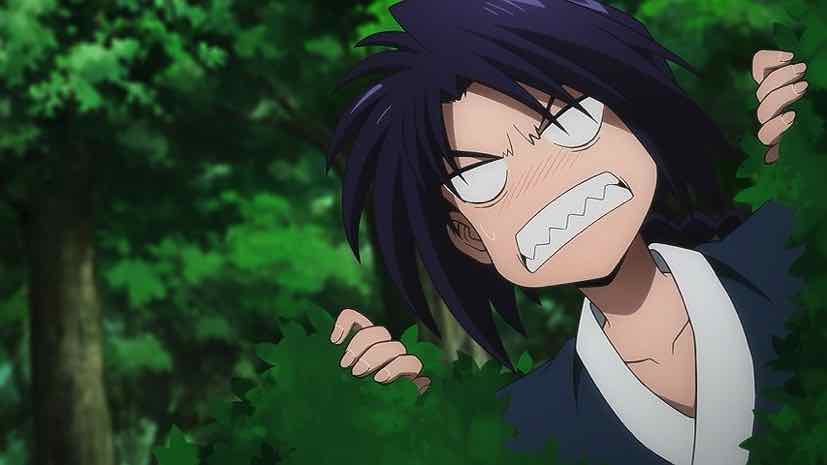 Kenshin can either tell Misao the truth or not, but to give her credit she does force him to do one thing – acknowledge her. And once he resigns himself to her following him, he goes out of his way to make it possible for her to do so by blazing a trail for her to follow – even as he fruitlessly urges her to stay well back. This convinces Misao to share some of precious supply of ship biscuits. But before he can partake a noise from the woods alerts him that something is amiss, and the true impact of Shishio Makoto on the story begins to be felt.
Kenshin can either tell Misao the truth or not, but to give her credit she does force him to do one thing – acknowledge her. And once he resigns himself to her following him, he goes out of his way to make it possible for her to do so by blazing a trail for her to follow – even as he fruitlessly urges her to stay well back. This convinces Misao to share some of precious supply of ship biscuits. But before he can partake a noise from the woods alerts him that something is amiss, and the true impact of Shishio Makoto on the story begins to be felt.
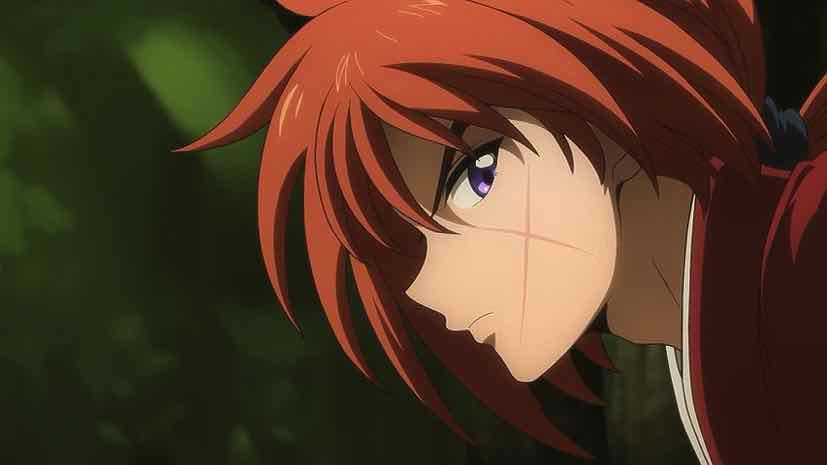 In the woods Kenshin finds a dying man (Matsukaze Masaya). A man with too much experience with death, Kenshin respects the gravity of the moment and asks the man if he has any final words. He certainly does, revealing that he’s hiding his younger brother Eiji (Chiba Shouya). He asks Kenshin to protect his brother and save his parents in Shingetsu Village, a tiny mountain hamlet taken over two years earlier by one of Shishio’s henchmen. As every magistrate sent there was killed, eventually the government stopped bothering – literally erasing Shingetsu from their maps to hide their humiliation.
In the woods Kenshin finds a dying man (Matsukaze Masaya). A man with too much experience with death, Kenshin respects the gravity of the moment and asks the man if he has any final words. He certainly does, revealing that he’s hiding his younger brother Eiji (Chiba Shouya). He asks Kenshin to protect his brother and save his parents in Shingetsu Village, a tiny mountain hamlet taken over two years earlier by one of Shishio’s henchmen. As every magistrate sent there was killed, eventually the government stopped bothering – literally erasing Shingetsu from their maps to hide their humiliation.
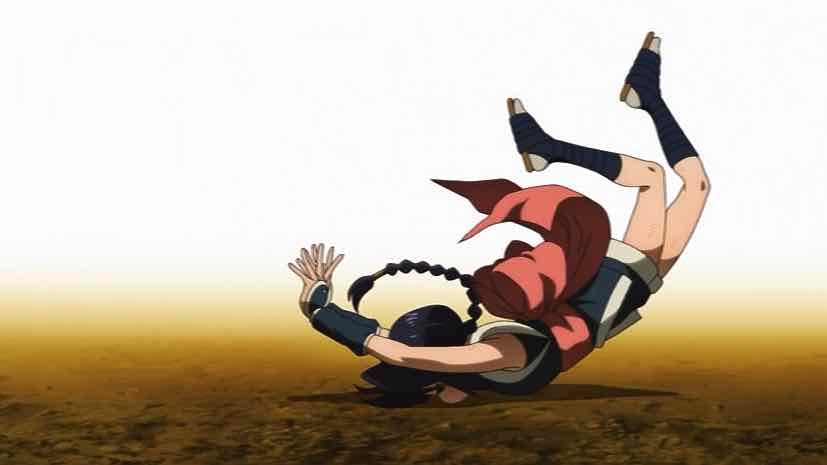 At this point in his life Kenshin is the samurai equivalent of a good boy – he’s so committed to making amends for his past that he’s basically incapable of ignoring suffering or injustice. But this is different. This is abjectly evil for starters – Shishio’s underling Senkaku has ravaged the village an, in fact, killed Eiji’s parents as retribution for their sons trying to escape. But it’s also the essence of the insidious threat Shishio represents – a form of alternative government, creating a lawless chaos in which he can assert his own authority. And, Eiji says, Shishio himself visits the village twice a year for a week – and he’s there now.
At this point in his life Kenshin is the samurai equivalent of a good boy – he’s so committed to making amends for his past that he’s basically incapable of ignoring suffering or injustice. But this is different. This is abjectly evil for starters – Shishio’s underling Senkaku has ravaged the village an, in fact, killed Eiji’s parents as retribution for their sons trying to escape. But it’s also the essence of the insidious threat Shishio represents – a form of alternative government, creating a lawless chaos in which he can assert his own authority. And, Eiji says, Shishio himself visits the village twice a year for a week – and he’s there now.
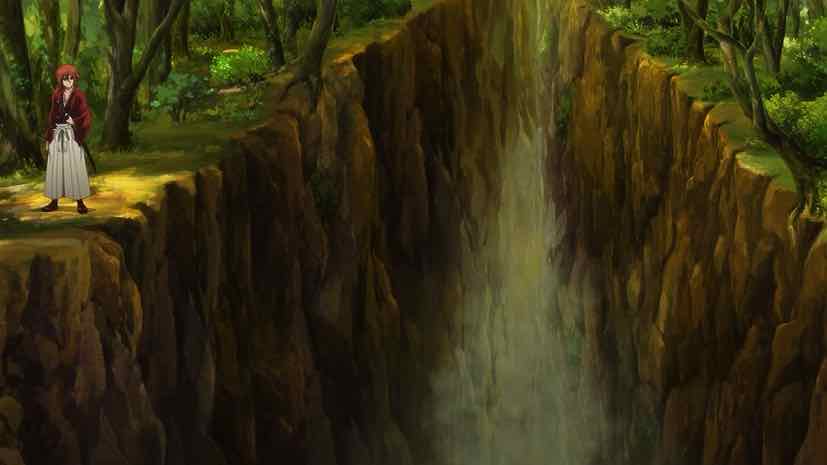 He’s not the only one. Saitou has followed Kenshin, apparently skeptical (and not wrongly) of his intent of ability to go straight to the old capital. And luckily for Misao and EIji too, as one of Senkaku’s goons was about to put an end to them. We’ve seen Kenshin enraged before, certainly, but this was something somewhat different. What he sees here is an affront to his entire existence, and Kenshin is not the sort of man to take lightly. Just what Shishio’s intentions are with Kenshin is not yet clear, but in terms of getting his attention this is certainly an effective way to do it.
He’s not the only one. Saitou has followed Kenshin, apparently skeptical (and not wrongly) of his intent of ability to go straight to the old capital. And luckily for Misao and EIji too, as one of Senkaku’s goons was about to put an end to them. We’ve seen Kenshin enraged before, certainly, but this was something somewhat different. What he sees here is an affront to his entire existence, and Kenshin is not the sort of man to take lightly. Just what Shishio’s intentions are with Kenshin is not yet clear, but in terms of getting his attention this is certainly an effective way to do it.




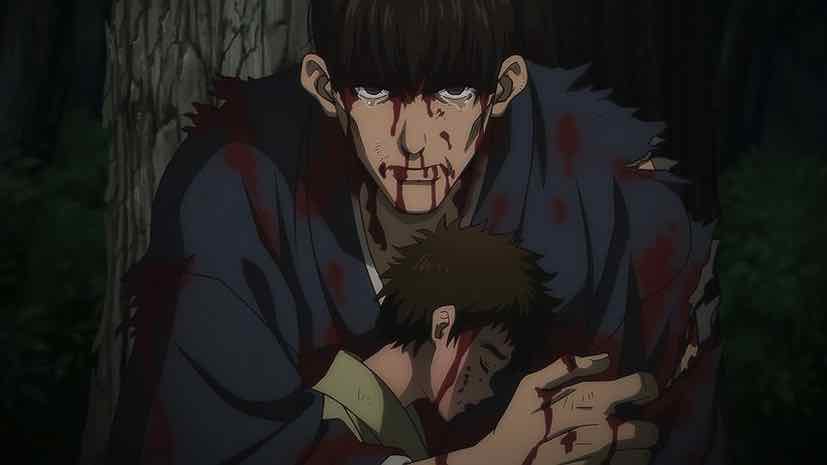
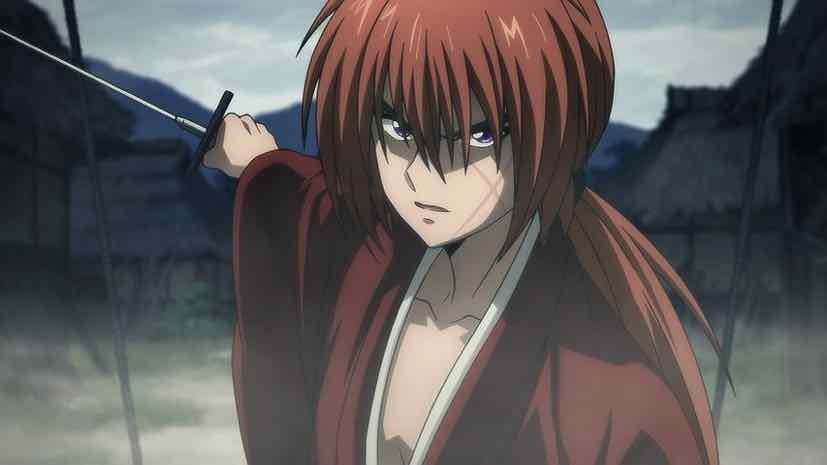

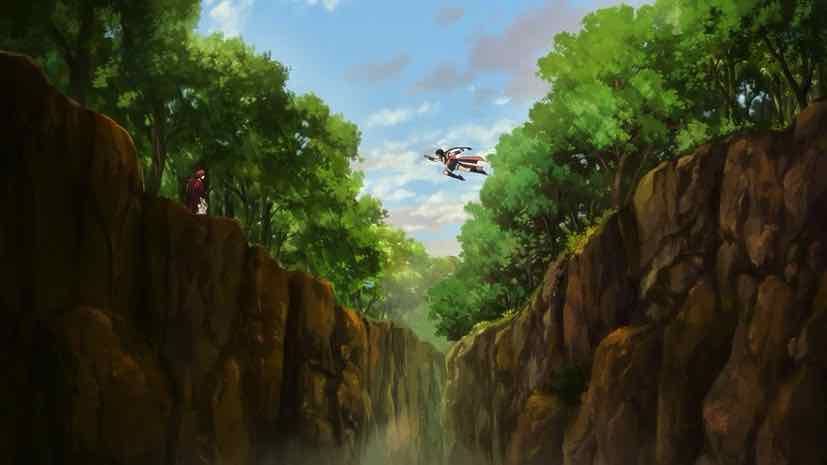
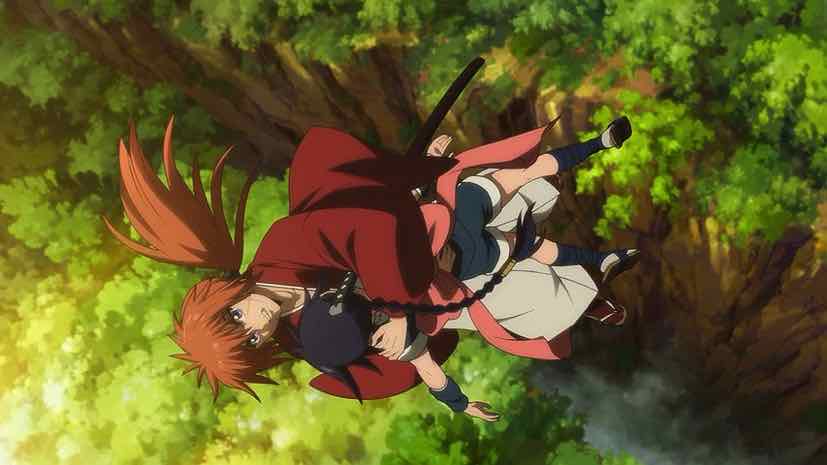
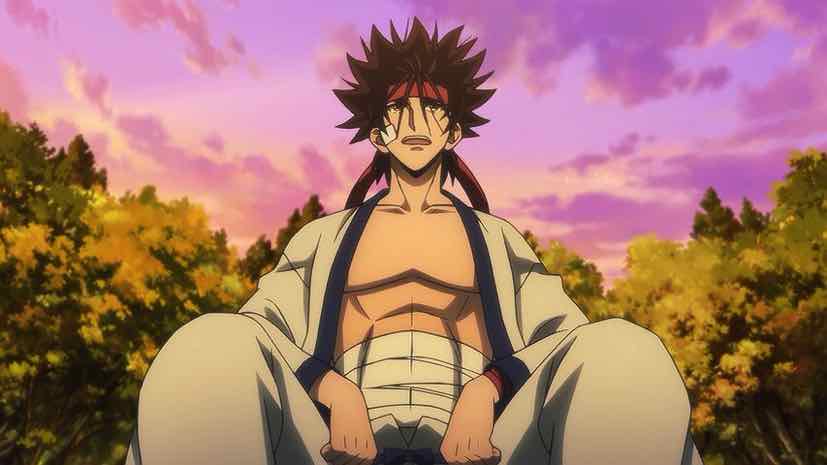
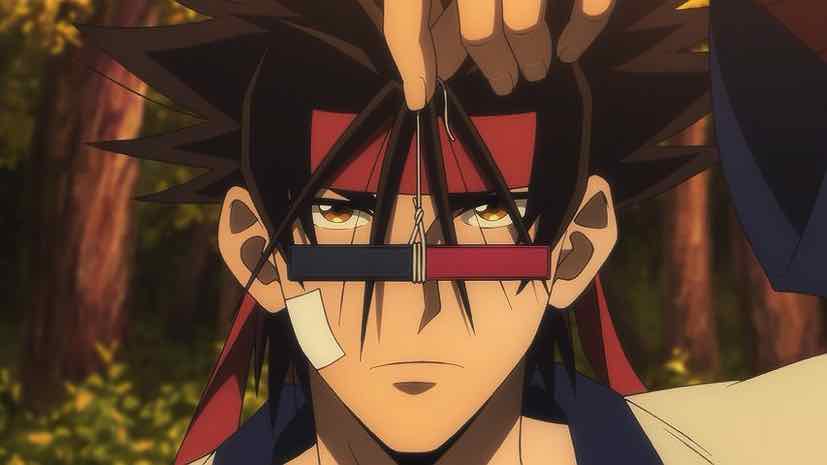
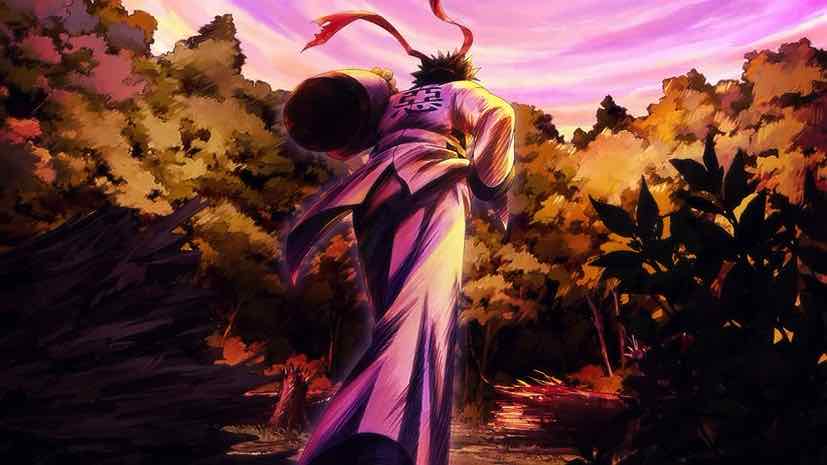
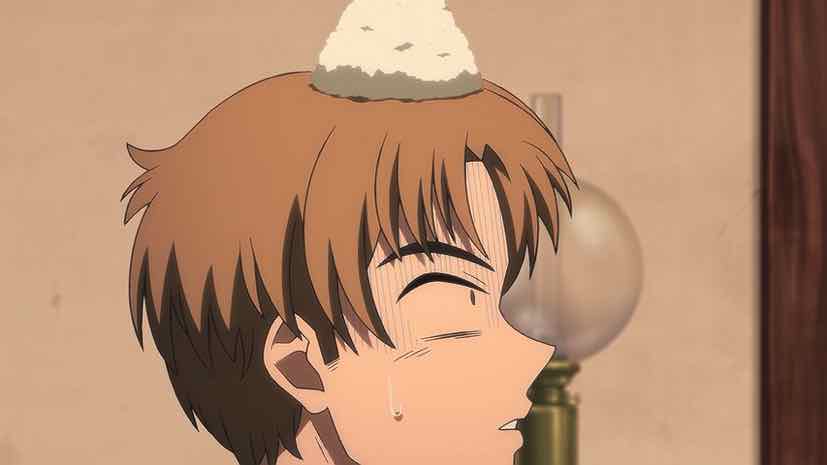
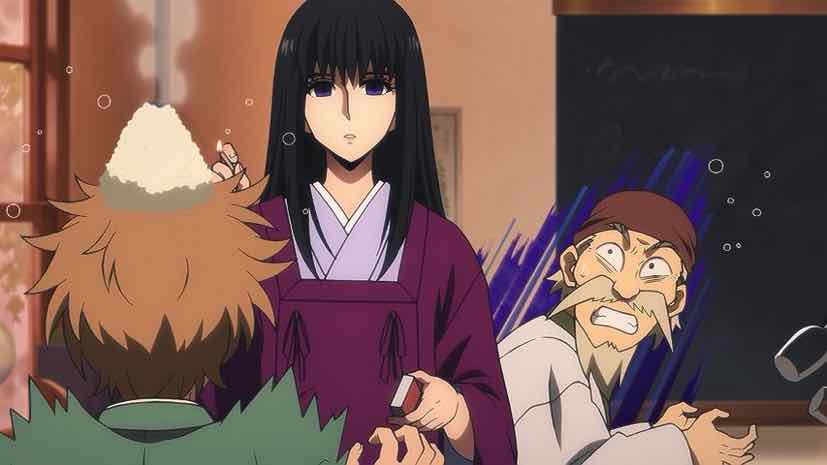
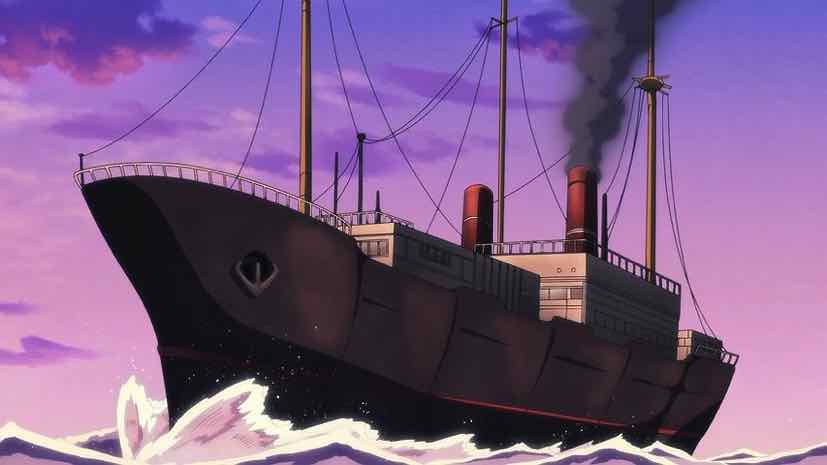

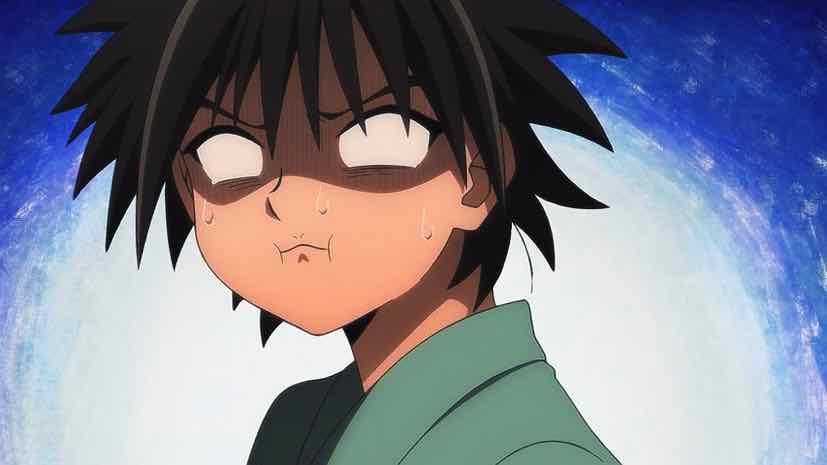


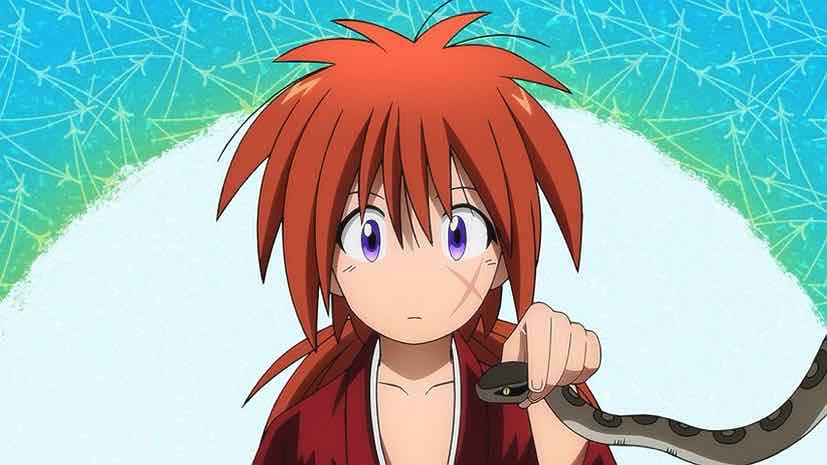
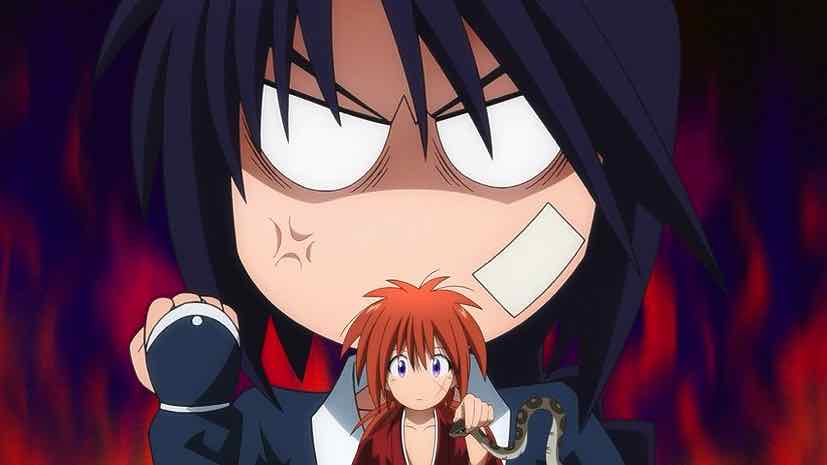
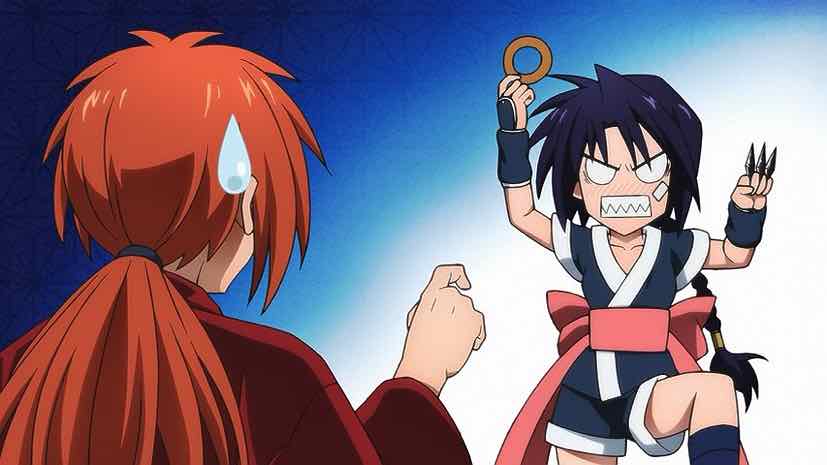
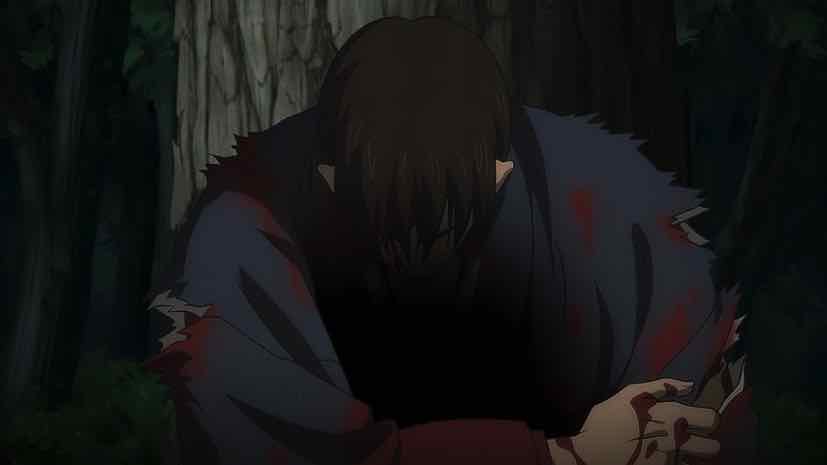
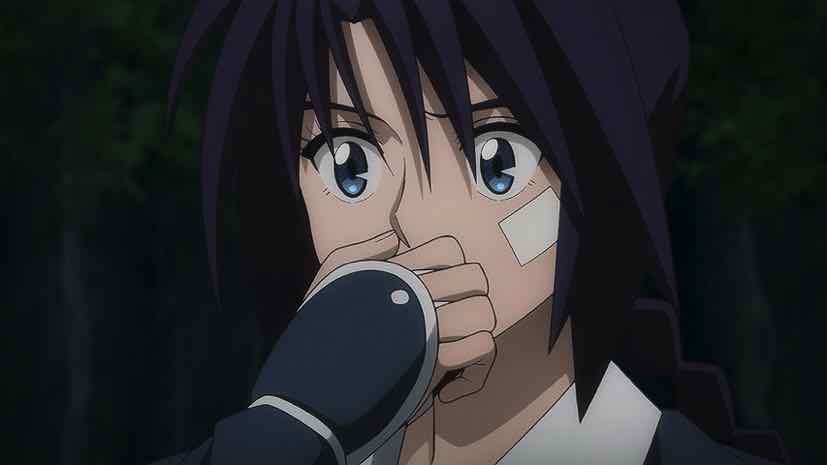
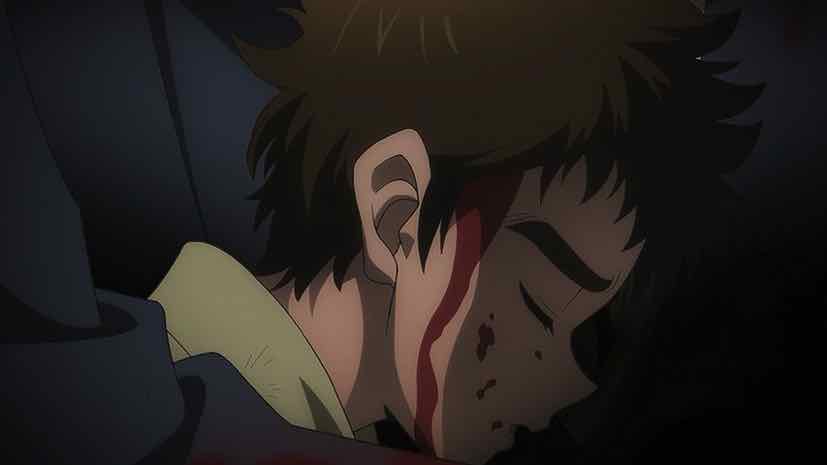
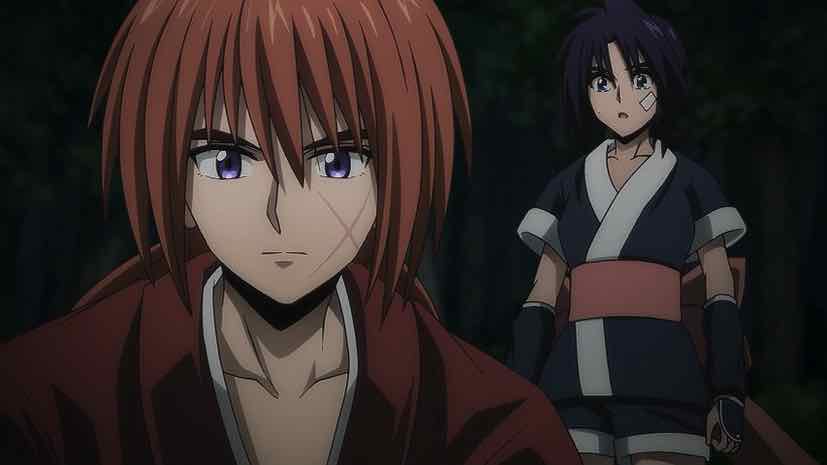
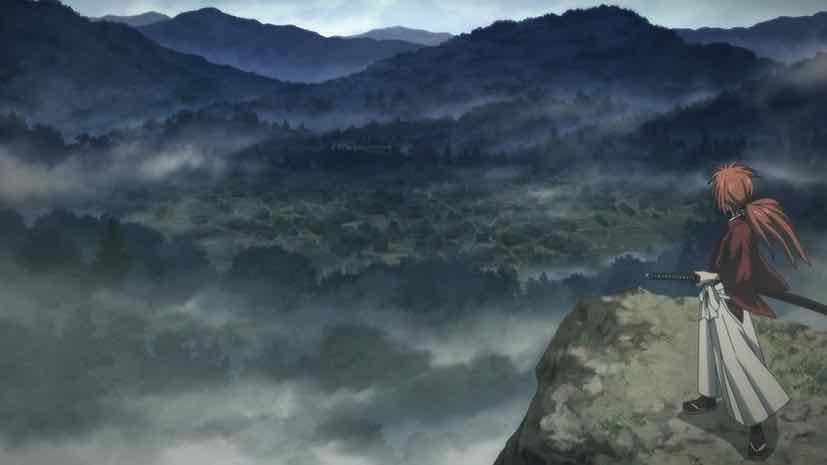
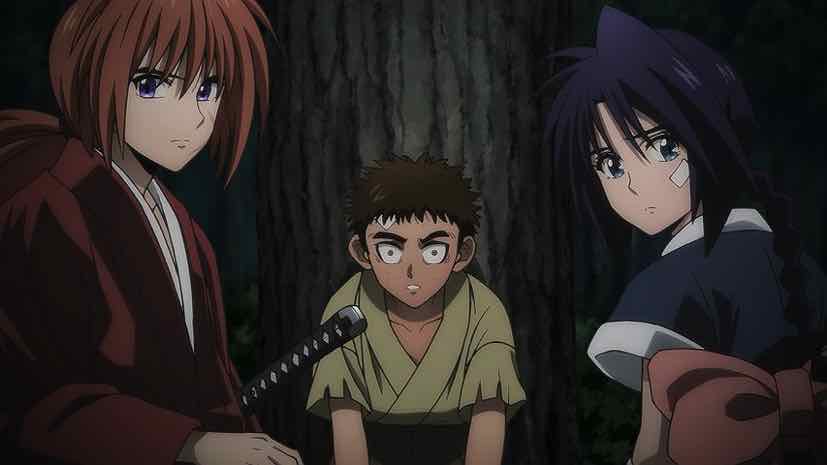
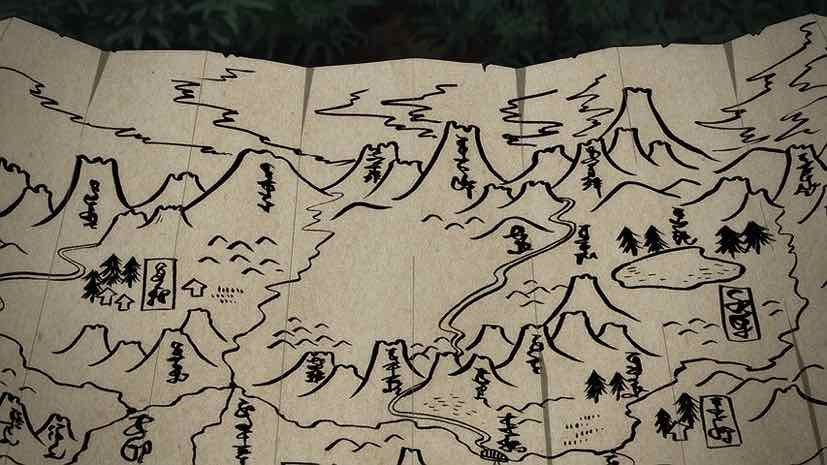
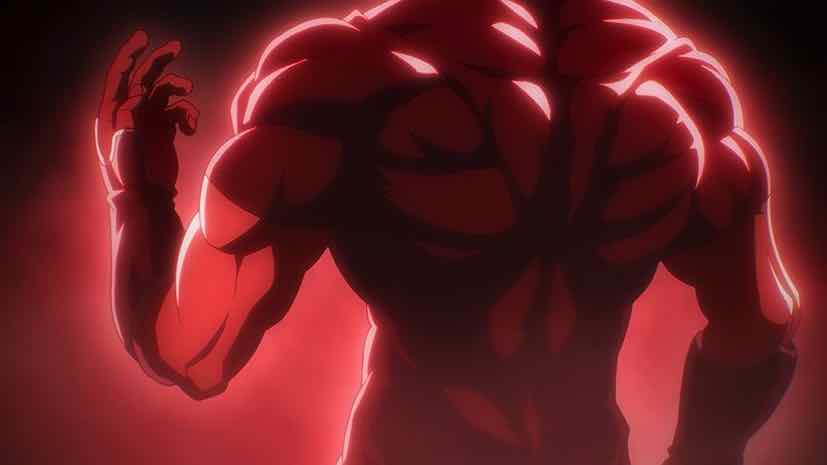
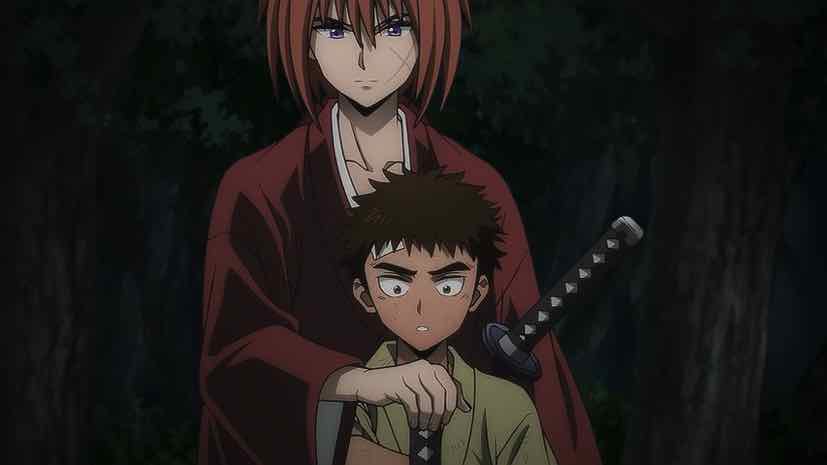
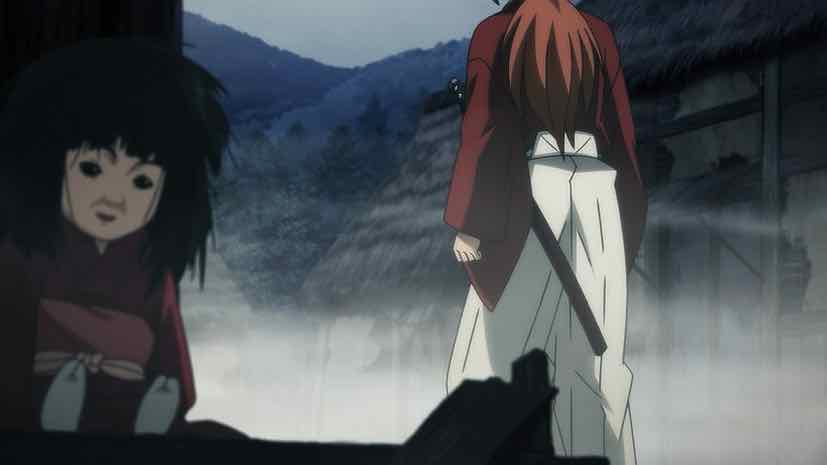
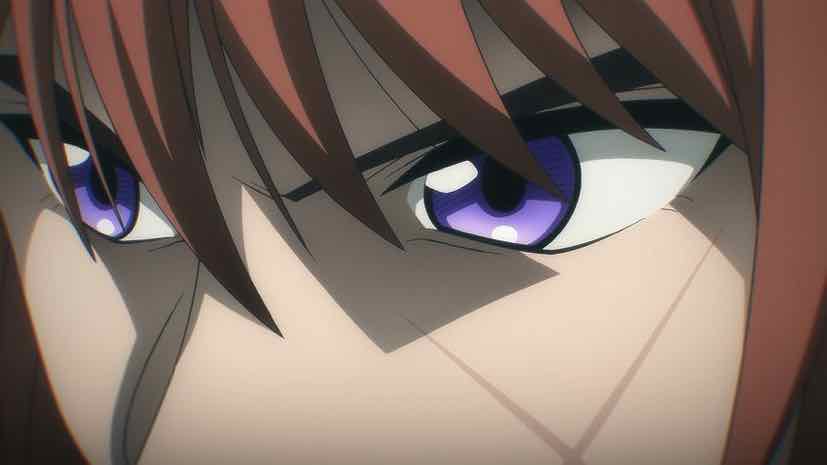
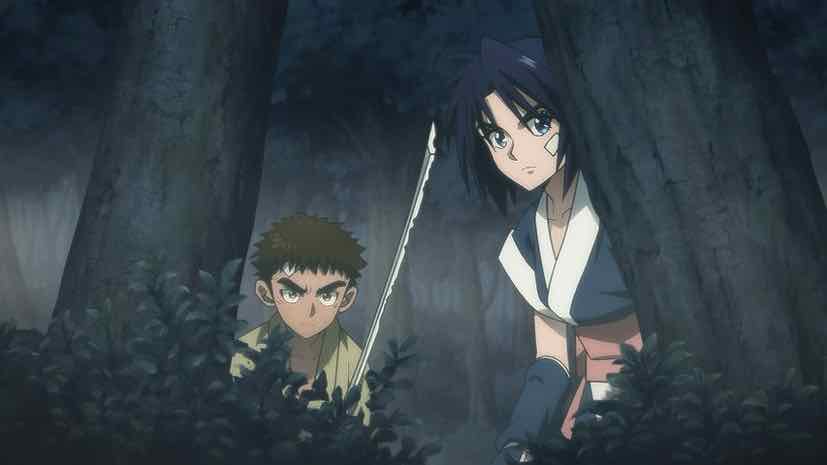
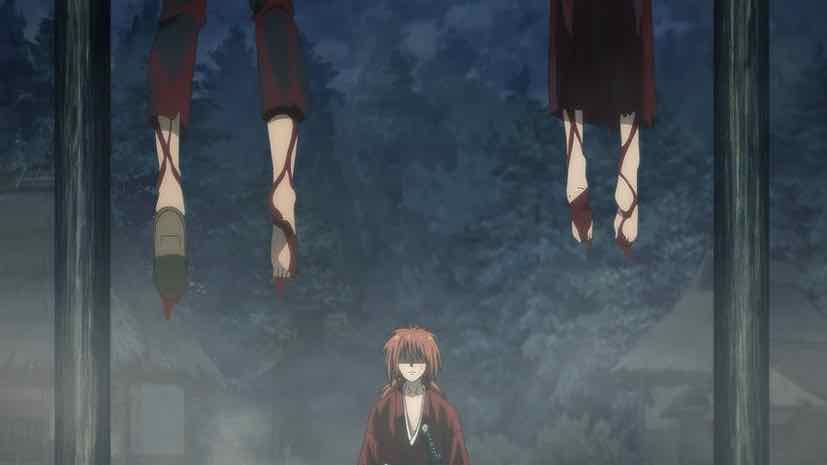
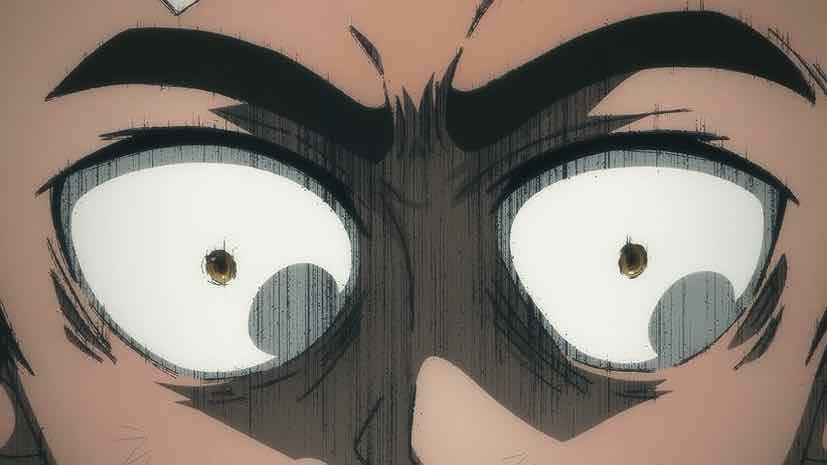
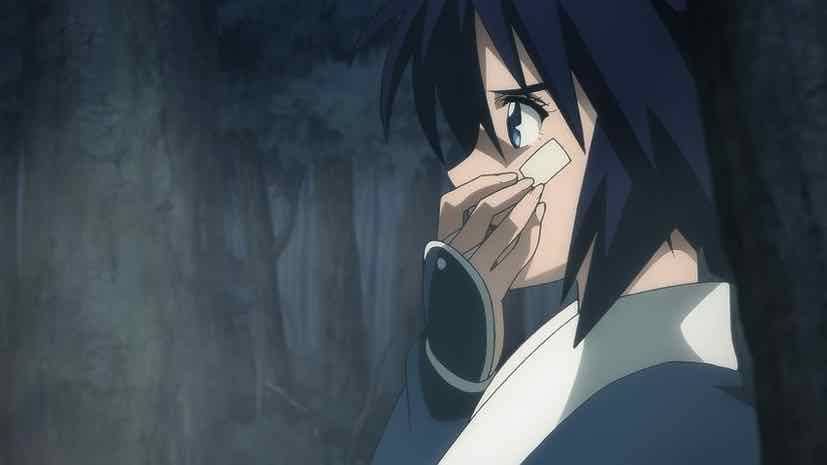
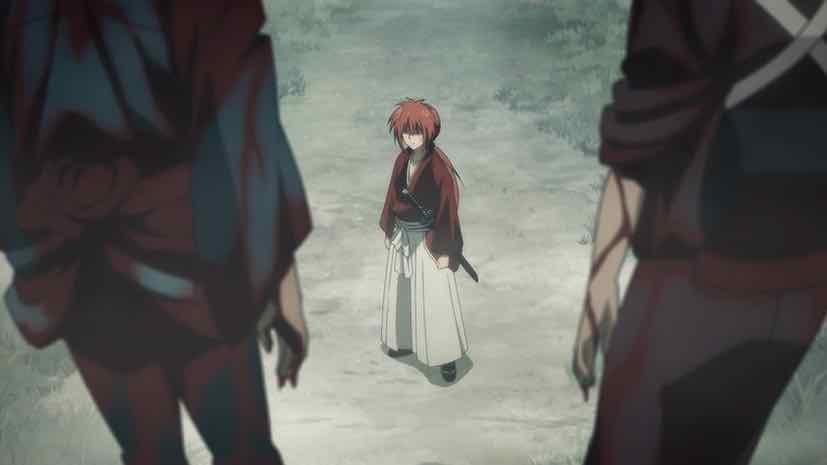
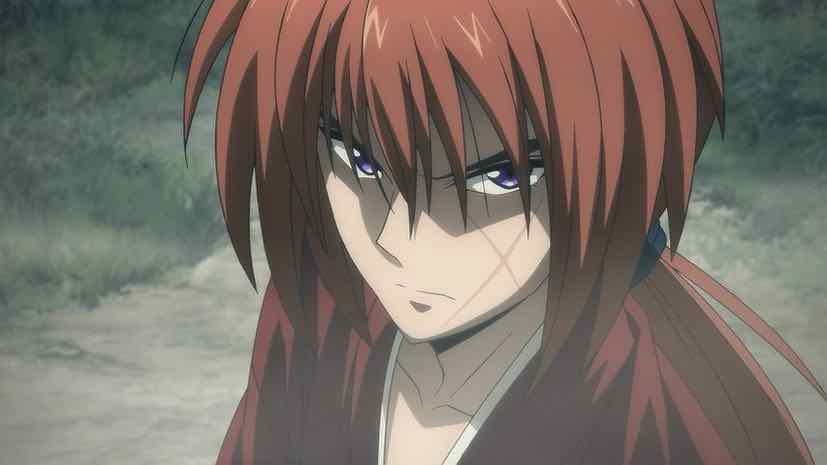

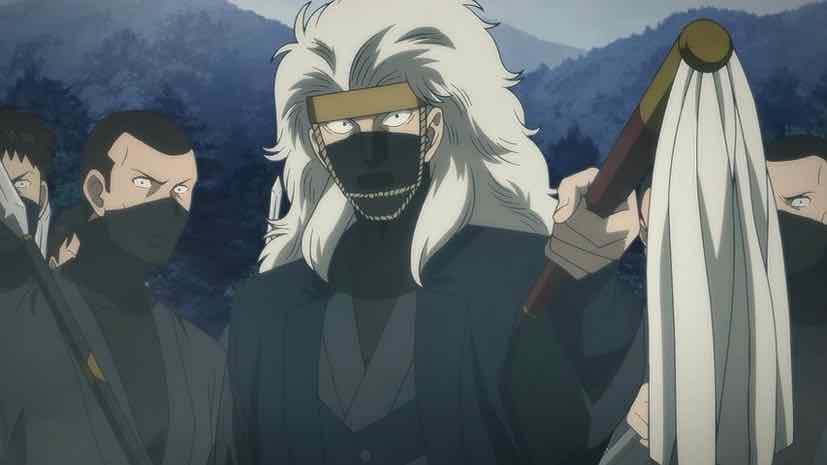
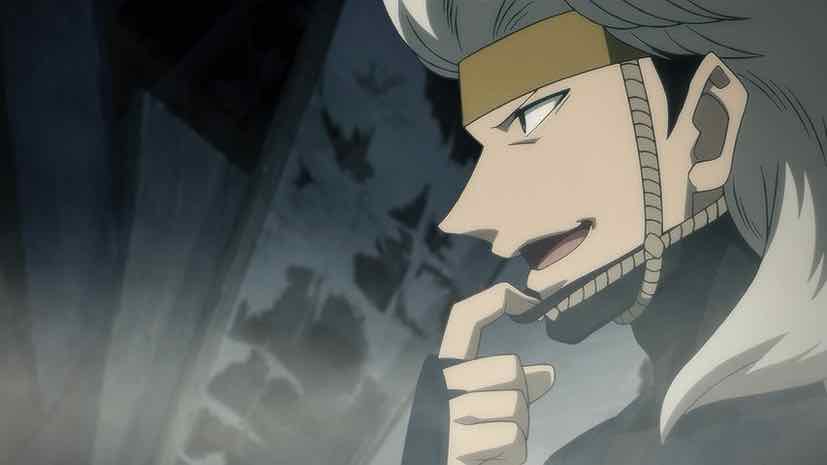

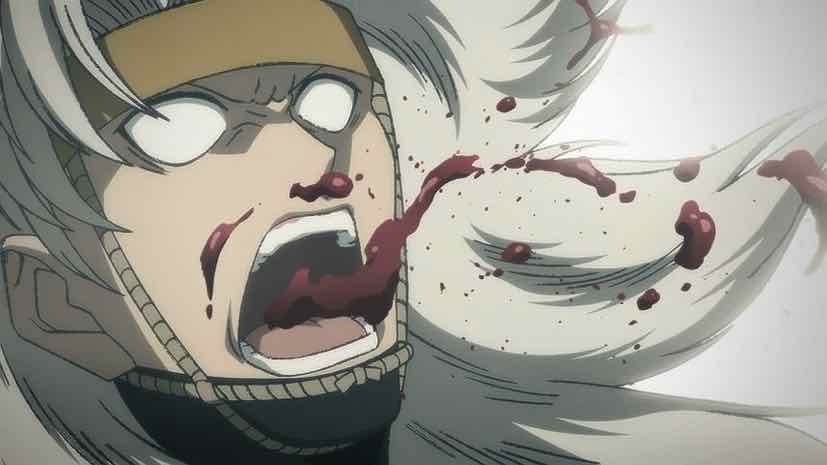
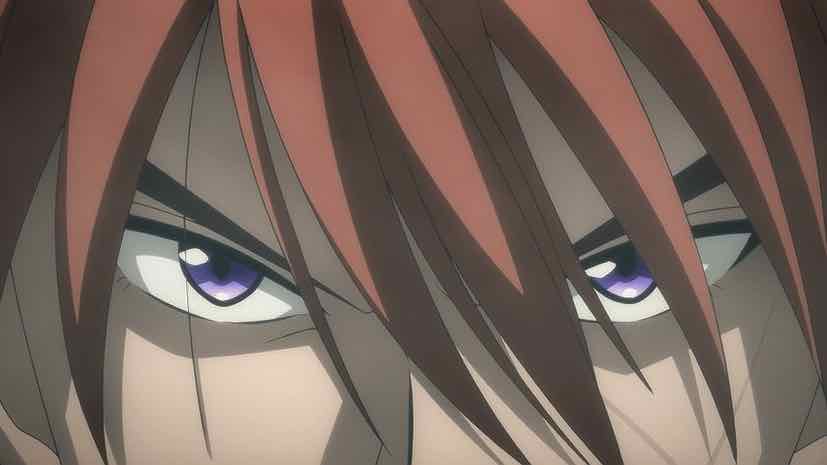

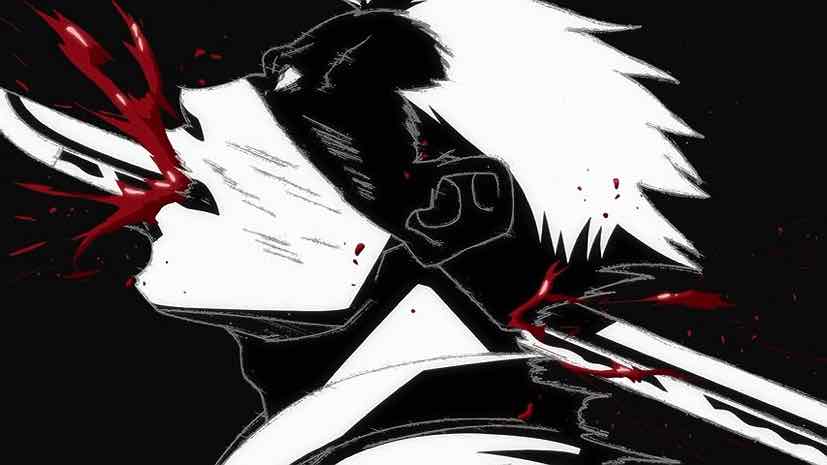
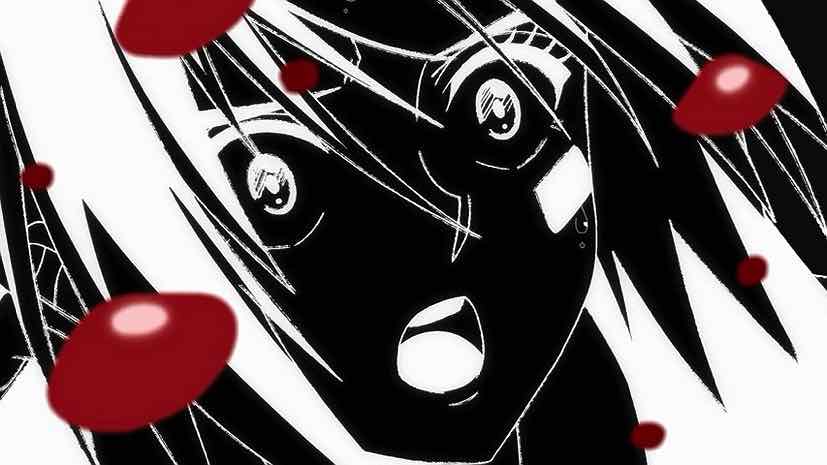
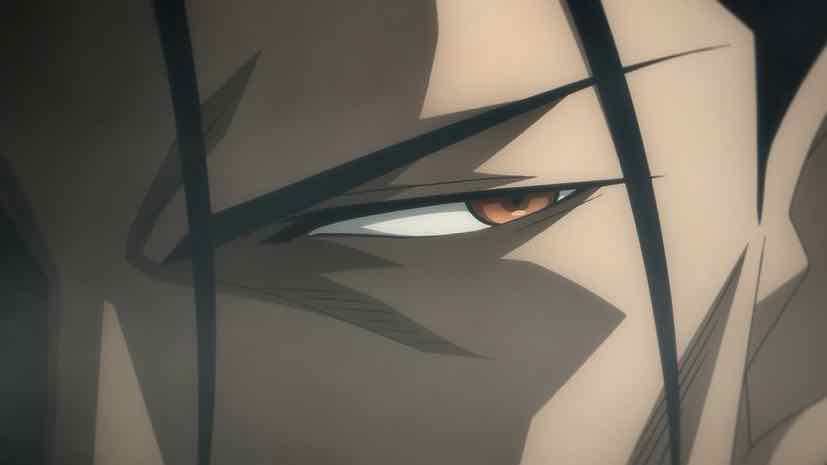
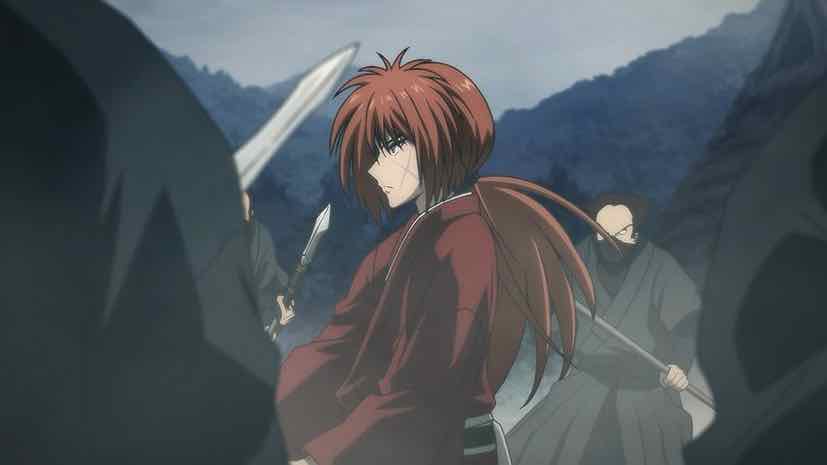
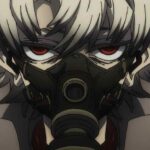
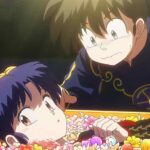
Keebo
October 19, 2024 at 6:38 amRegarding the pacing calculations, I have to point out your calculations aren’t entirely correct. If you count the start of Kyoto as chapter 48, which I assume you do based on the 103 chapter count you mentioned, then the first season already adapted around 10 chapters in the last few episodes. It’s not a lot but it’s a decent dent.
Im also currently going through Kyoto in the old adaptation. And while I wouldn’t say there’s anything skippable, I do think there are points where you could speed up the pacing without negatively impacting the story. especially in the latter half.
All in all what I’m basically saying is that I think they can still make a good adaptation of Kyoto with the current episode count.